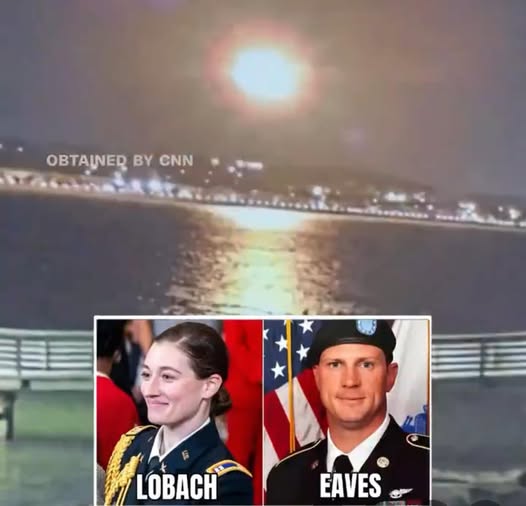WASHINGTON, D.C. — A newly published report has shed devastating new light on the tragic January 2025 mid-air collision that shook the nation’s capital and left 67 people dead. The collision, involving a U.S. military Black Hawk helicopter and a Liberty Air commercial passenger jet, was found to have been caused primarily by pilot error, according to the final investigation report released Monday by the National Transportation Safety Board (NTSB).
The collision occurred during the early evening hours of January 18, 2025, over the heavily trafficked airspace near Washington, D.C. Initial confusion surrounded the event, but after months of painstaking investigation, the NTSB has concluded that the Black Hawk crew failed to follow urgent air traffic control (ATC) instructions to adjust their course — a decision that ultimately led to the catastrophic impact.
The NTSB report states that air traffic controllers, noticing a potential conflict between the military helicopter and the Liberty Air regional jet, issued clear and immediate course-change instructions to the Black Hawk. While the Liberty Air pilots responded correctly, maneuvering to avoid the impending danger, the Black Hawk crew either misheard or disregarded the order and continued on their original heading.
“The cockpit voice recorder recovered from the Black Hawk indicated confusion and miscommunication between the pilot and co-pilot,” said NTSB Chair Jennifer Holm at a somber press conference. “There was a breakdown in coordination at a critical moment, which tragically cost dozens of lives.”
The collision occurred at approximately 3,200 feet altitude, sending both aircraft spiraling down over the Potomac River basin. Witnesses reported an eruption of flames in the sky, followed by burning debris raining down over the area. Emergency responders quickly converged on the scene, but all aboard both aircraft were confirmed dead.
Among the victims were business travelers, families returning home, military personnel, and crew members, each leaving behind devastated families and communities across the country. Vigils and memorial services were held in D.C. and other cities to honor their memory, with mourners demanding answers and accountability.
The NTSB’s findings also pointed to broader systemic concerns. Investigators highlighted insufficient coordination between civilian and military air traffic controllers, outdated flight communication protocols, and a lack of rigorous joint-airspace training for military pilots operating near busy civilian corridors. Several safety recommendations were issued, including mandatory refresher training for military pilots on civilian airspace operations and improved ATC communication drills.
“This tragedy was not inevitable,” Chair Holm emphasized. “It was preventable, and we must take every step to ensure it never happens again.”
The Department of Defense, responding to the report, acknowledged the findings and announced immediate reforms. Measures will include enhanced training for military pilots flying near major metropolitan areas, updated communication technology in military helicopters, and stricter protocols for interacting with civilian ATC systems.
FAA Administrator Lindsey Chang also vowed sweeping improvements: “We owe it to the victims and their families to fix the gaps this tragedy has exposed. Safety must be the unyielding priority of everyone in our airspace.”
For the families left behind, the report offers some clarity but little comfort. Many continue to struggle with the loss, grappling with the senselessness of a tragedy that might have been avoided with better communication and faster decision-making.
“My sister boarded that plane with so much excitement about starting a new job,” said Carlos Ramirez, brother of one of the Liberty Air passengers. “She didn’t get that chance. We just hope that no other family has to live through this kind of heartbreak.”
As Washington, D.C., and the nation mourn the 67 souls lost that fateful January evening, the legacy of this tragedy will likely shape aviation policy for years to come — a painful but necessary step to safeguard the skies for future generations.

No Responses